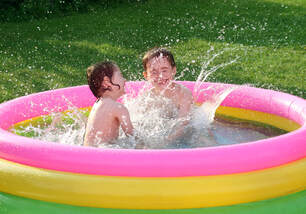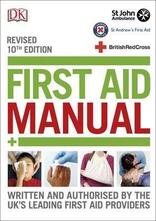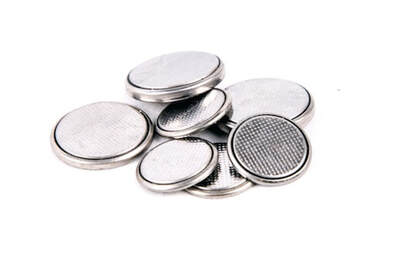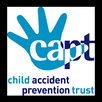It is now advised to give 2 teaspoons of honey to children over the age of 12 months, if they are thought to have swallowed a button battery. They should give this every 10 minutes, up to a maximum of 6 doses. They should do this, providing it is immediately available, the child is able to swallow, and it is less than 12 hours since ingestion. Do not give if the child is under 12 months or if they are known to be allergic to honey. Get your child to hospital as soon as possible, do not delay transporting them there.
Find out more:













